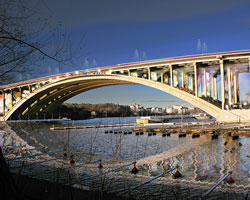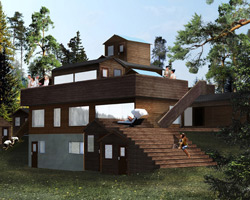KEEP UP WITH OUR DAILY AND WEEKLY NEWSLETTERS
as visitors reenter the frick in new york on april 17th, they may not notice selldorf architects' sensitive restoration, but they’ll feel it.
from hungary’s haystack-like theater to portugal’s ethereal wave of ropes, discover the pavilions bridging heritage, sustainability, and innovation at expo 2025 osaka.
lina ghotmeh will design the qatar national pavilion, the first permanent structure built at the giardini of venice in three decades.
designboom steps inside the al-mujadilah center and mosque for women by diller scofidio + renfro in the heart of doha's education city.
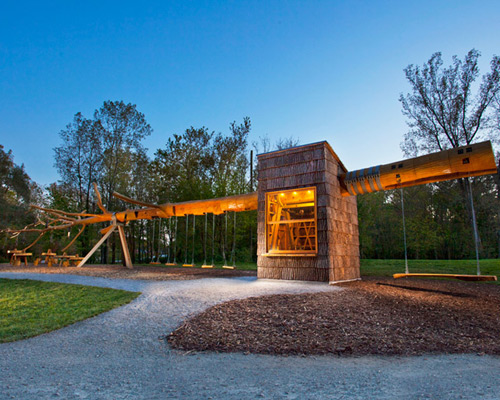
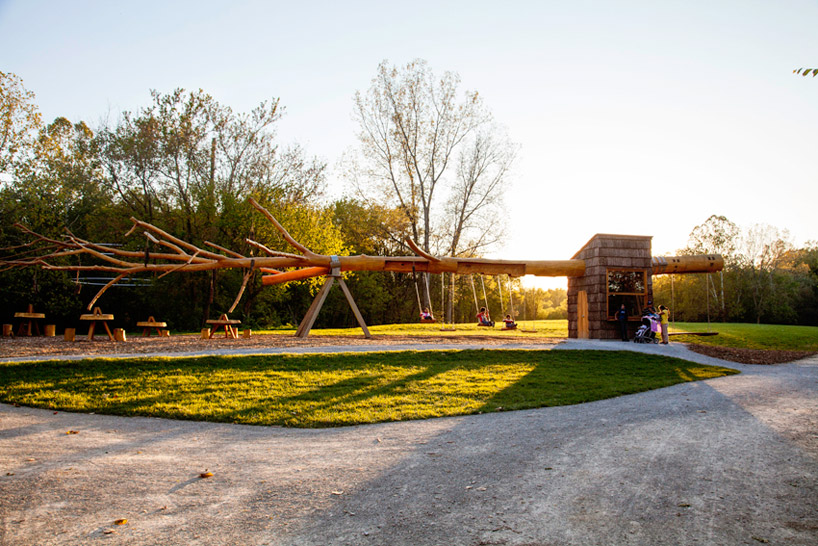 exterior viewimage courtesy of visiondivision
exterior viewimage courtesy of visiondivision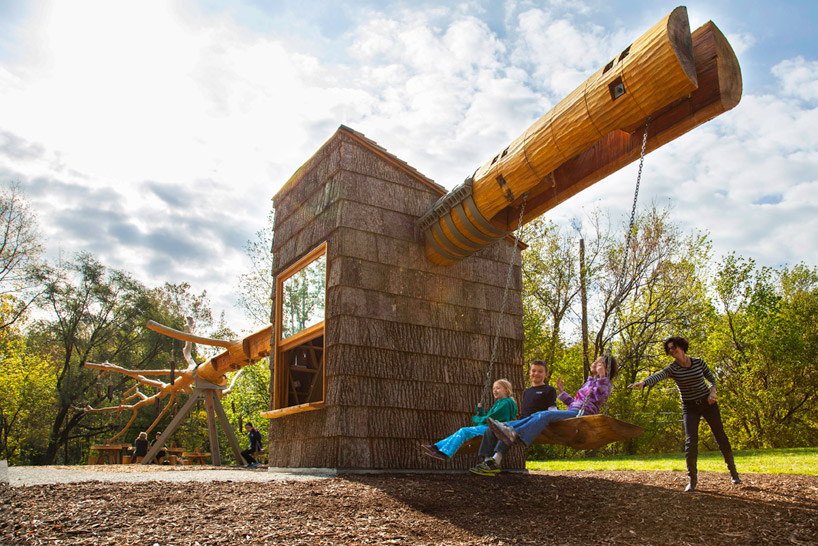 swings made from part of the trunkimage courtesy of visiondivision
swings made from part of the trunkimage courtesy of visiondivision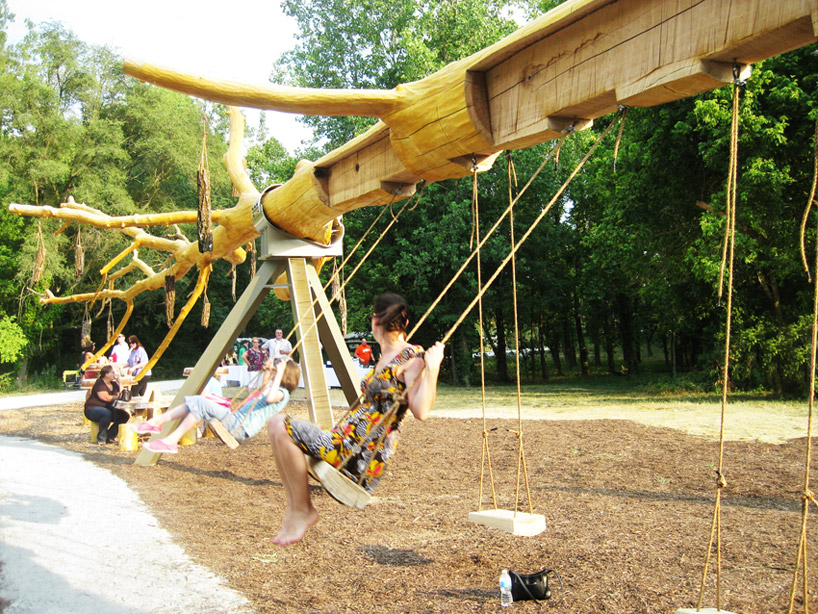 swings made from part of the trunkimage courtesy of visiondivision
swings made from part of the trunkimage courtesy of visiondivision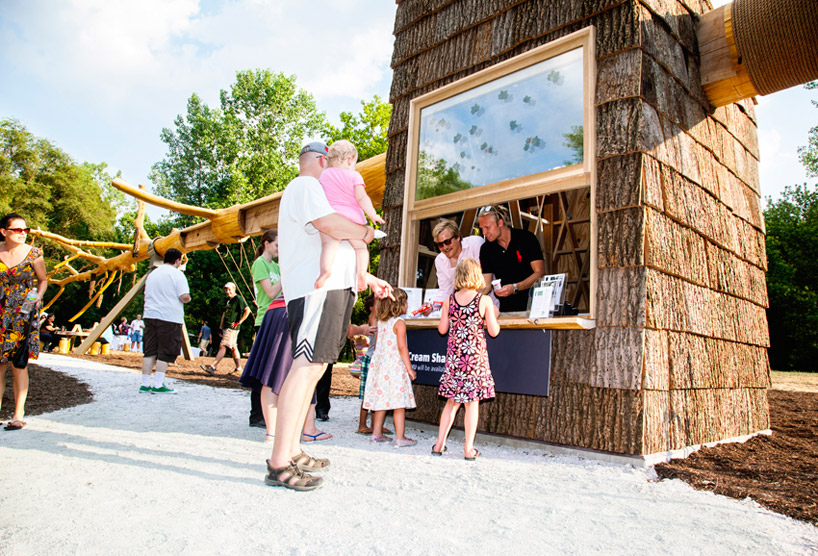 the VD-team handing out ice cream at the opening partyimage courtesy of visiondivision
the VD-team handing out ice cream at the opening partyimage courtesy of visiondivision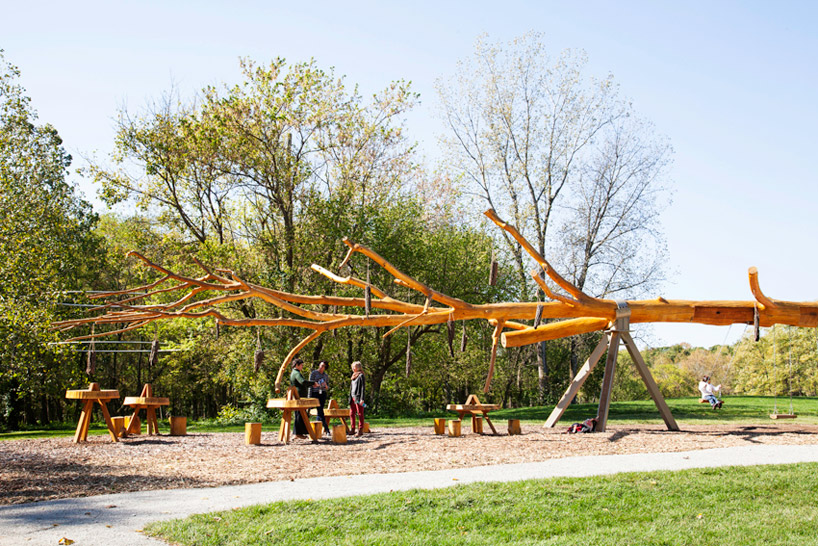 the top part of the tree with tables and chairsimage courtesy of visiondivision
the top part of the tree with tables and chairsimage courtesy of visiondivision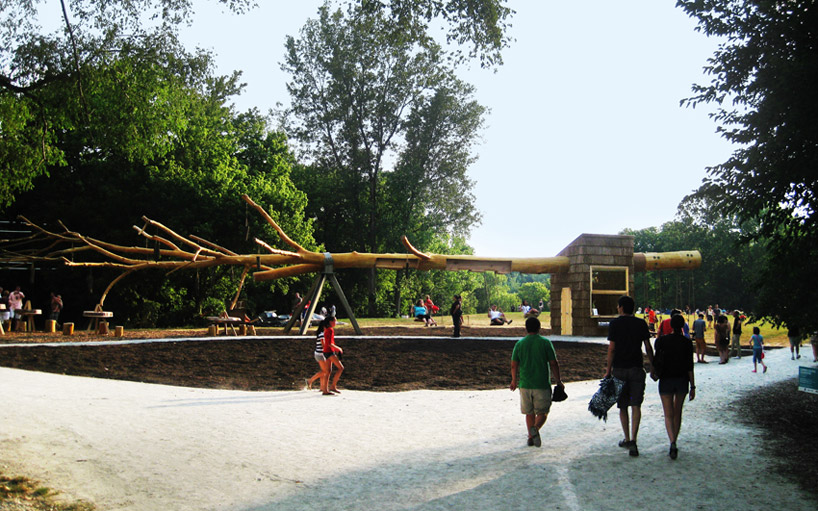 typical summer afternoonimage courtesy of visiondivision
typical summer afternoonimage courtesy of visiondivision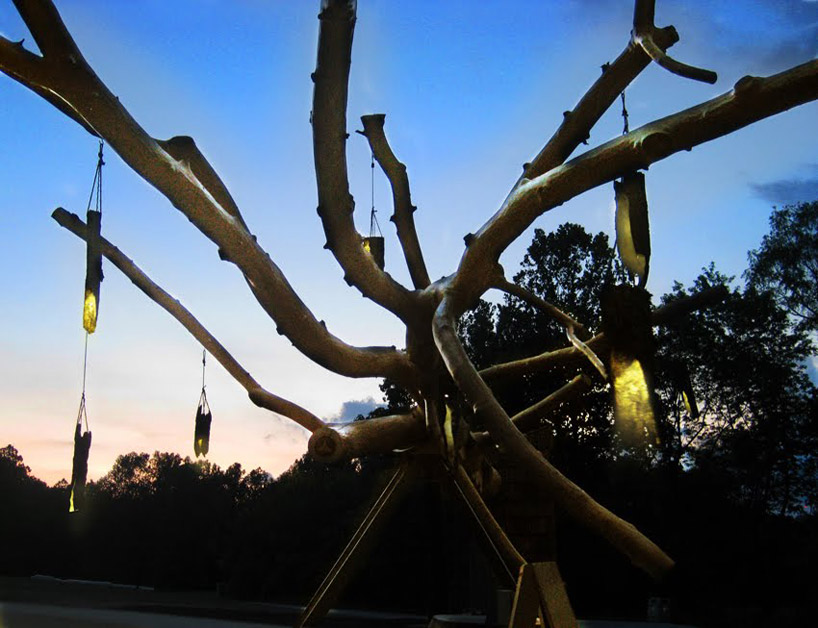 at night time with the lamp shades from the bark of the smaller limbsimage courtesy of visiondivision
at night time with the lamp shades from the bark of the smaller limbsimage courtesy of visiondivision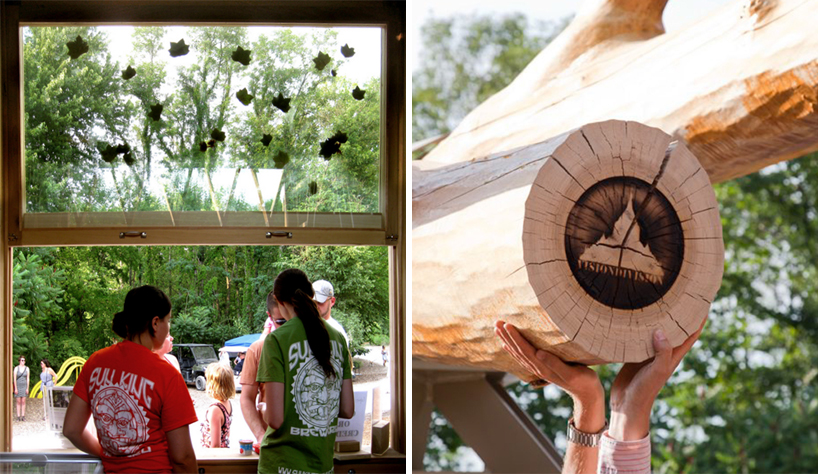 (left) interior of the kiosk(right) exterior branding
(left) interior of the kiosk(right) exterior branding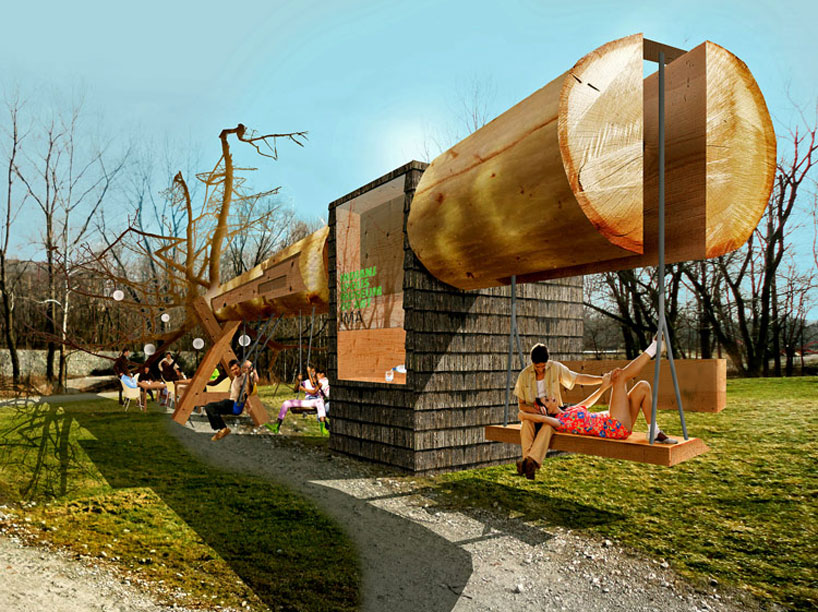 visual rendering of the ‘chop stick’ concession stand by visiondivision for the indianapolis museum of artimage courtesy of visiondivision
visual rendering of the ‘chop stick’ concession stand by visiondivision for the indianapolis museum of artimage courtesy of visiondivision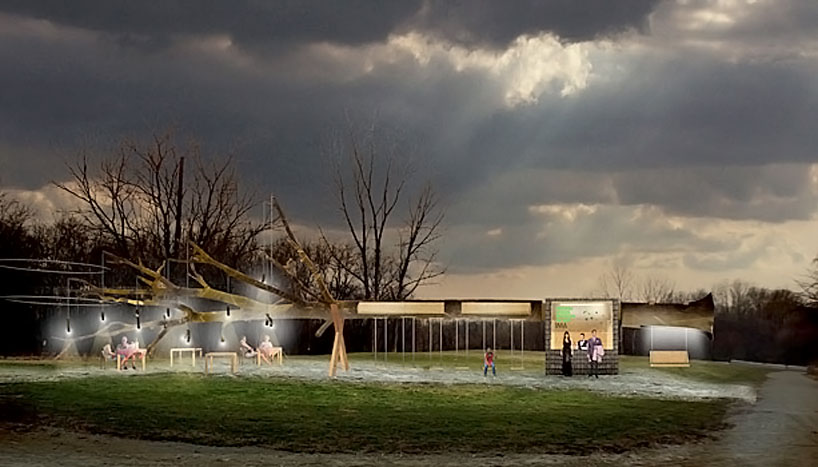 image courtesy of visiondivision
image courtesy of visiondivision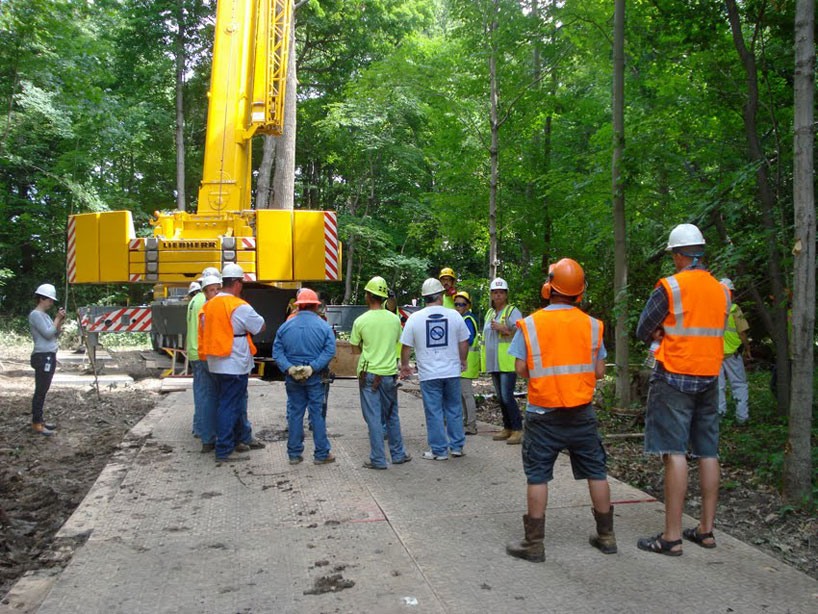 conference before the removal of the selected poplar treephoto by donna sink
conference before the removal of the selected poplar treephoto by donna sink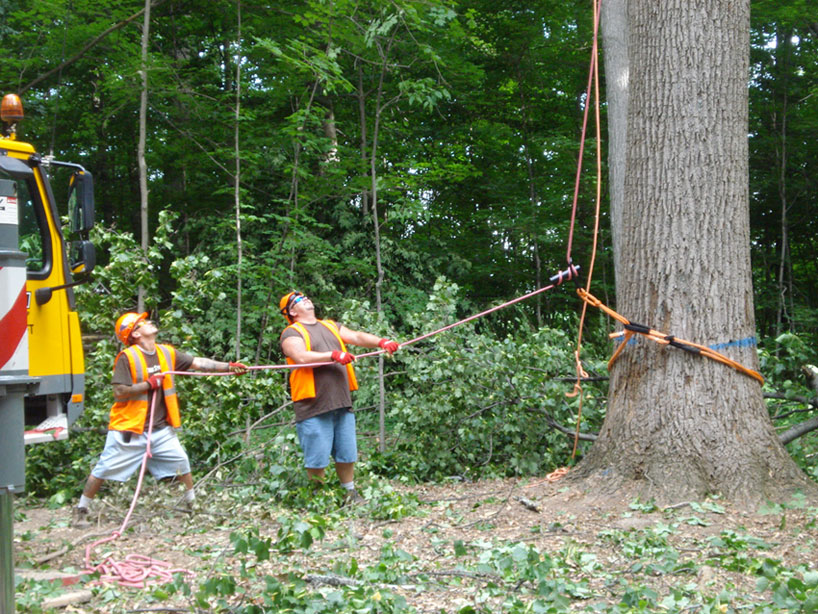 preparing the tree to be cutphoto by donna sink
preparing the tree to be cutphoto by donna sink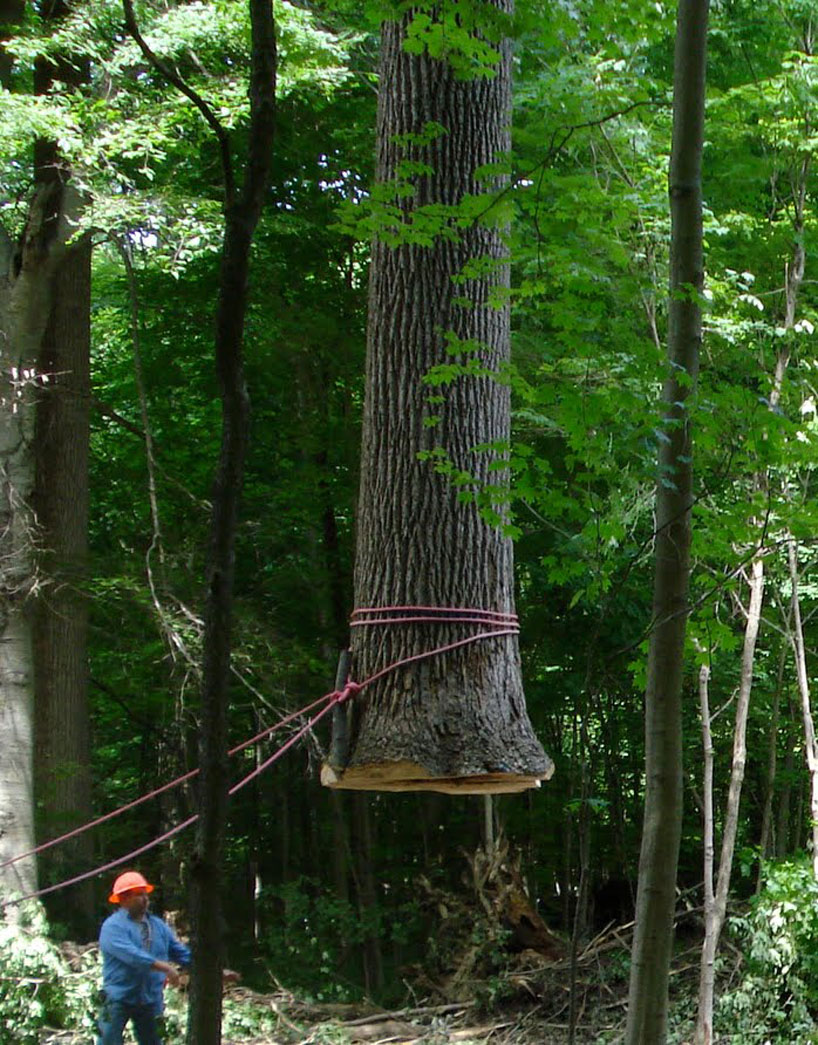 once cut the trunk was pulled away from its roots raised by a large cranephoto by donna sink
once cut the trunk was pulled away from its roots raised by a large cranephoto by donna sink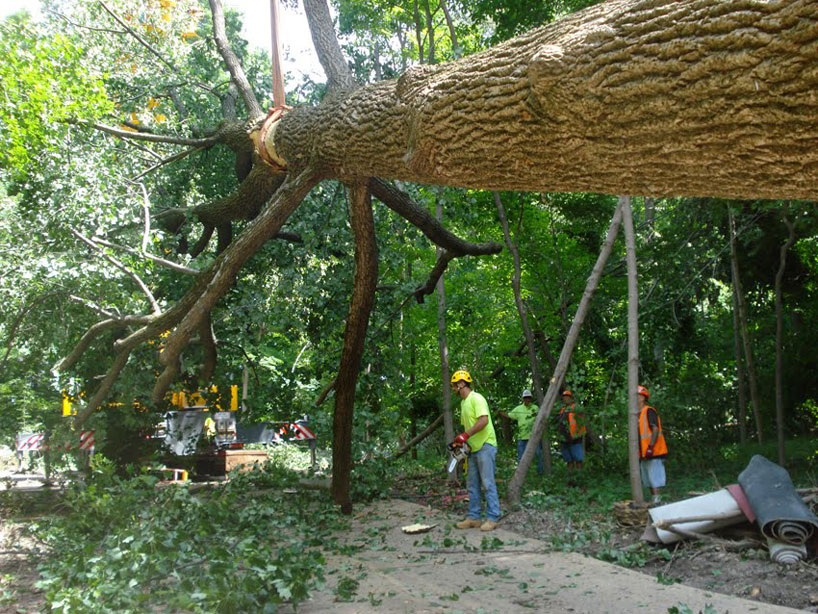 arranging the tree horizontallyphoto by donna sink
arranging the tree horizontallyphoto by donna sink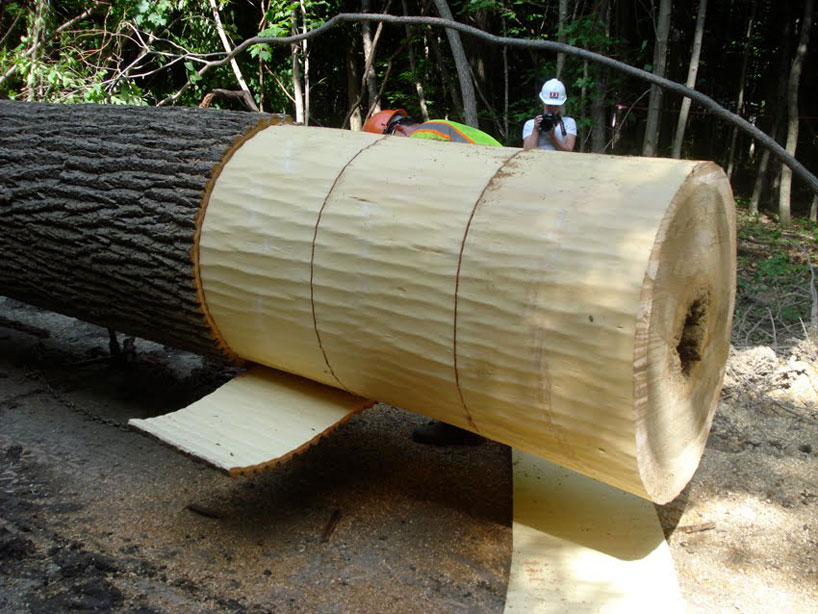 debarking the tree in stripsphoto by donna sink
debarking the tree in stripsphoto by donna sink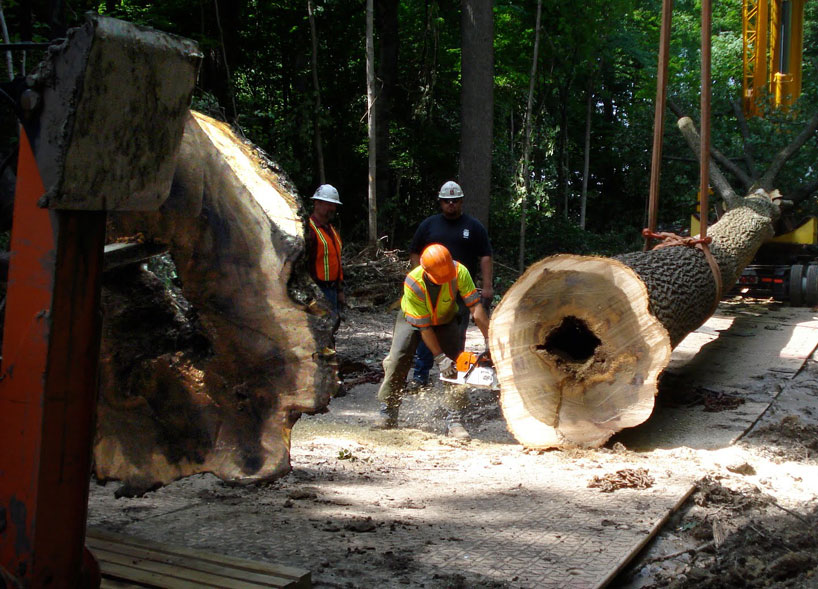 cutting excess wood to make tables for the kioskphoto by donna sink
cutting excess wood to make tables for the kioskphoto by donna sink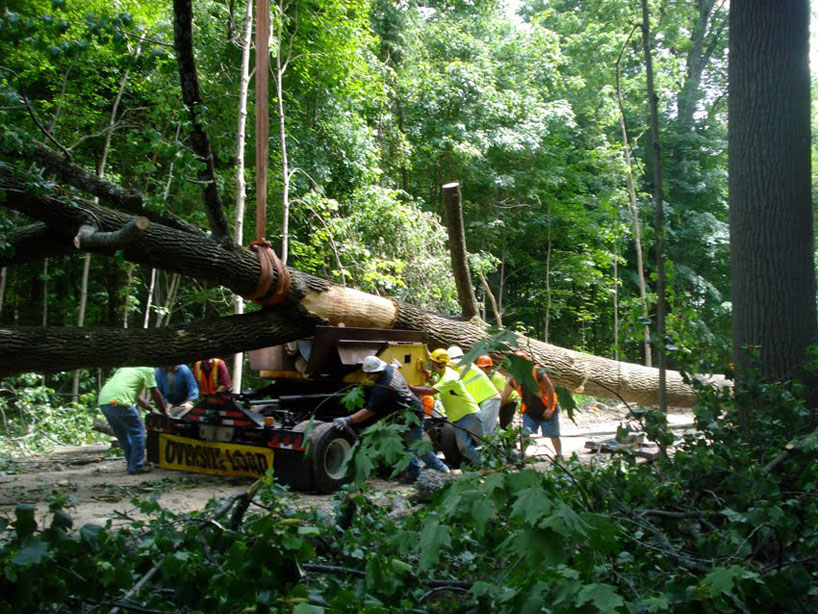 preparing the tree for transportation to the park sitephoto by donna sink
preparing the tree for transportation to the park sitephoto by donna sink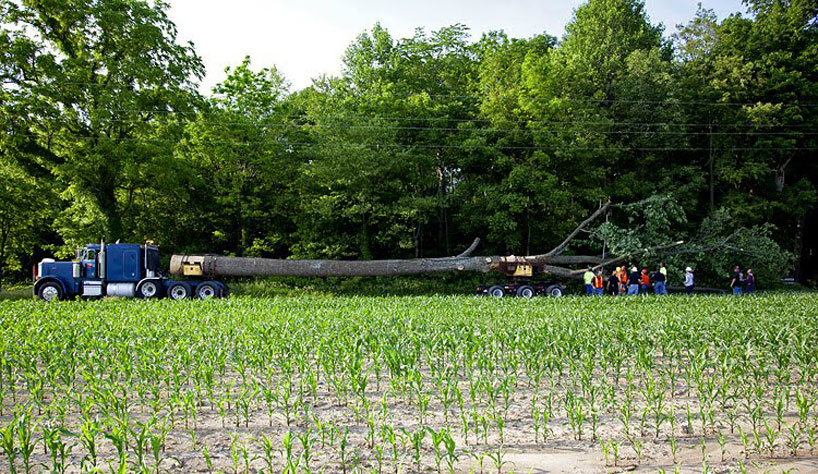 preparing the tree for transportation to the park sitephoto by donna sink
preparing the tree for transportation to the park sitephoto by donna sink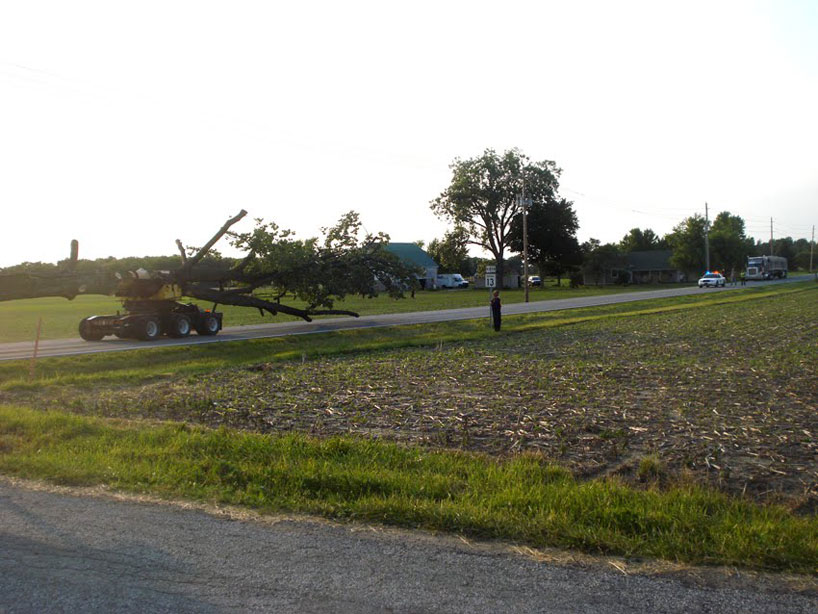 en route to the park sitephoto by donna sink
en route to the park sitephoto by donna sink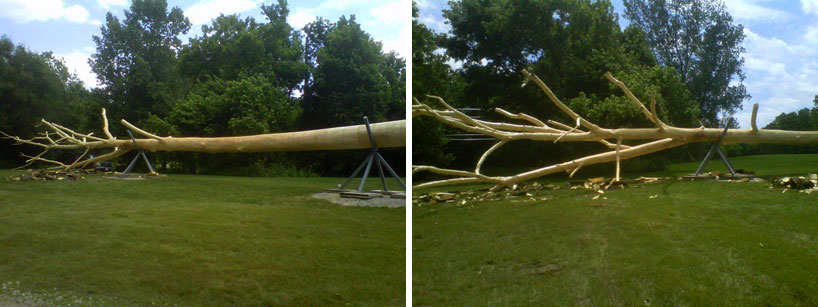 the debarked tree on locationphoto by donna sink
the debarked tree on locationphoto by donna sink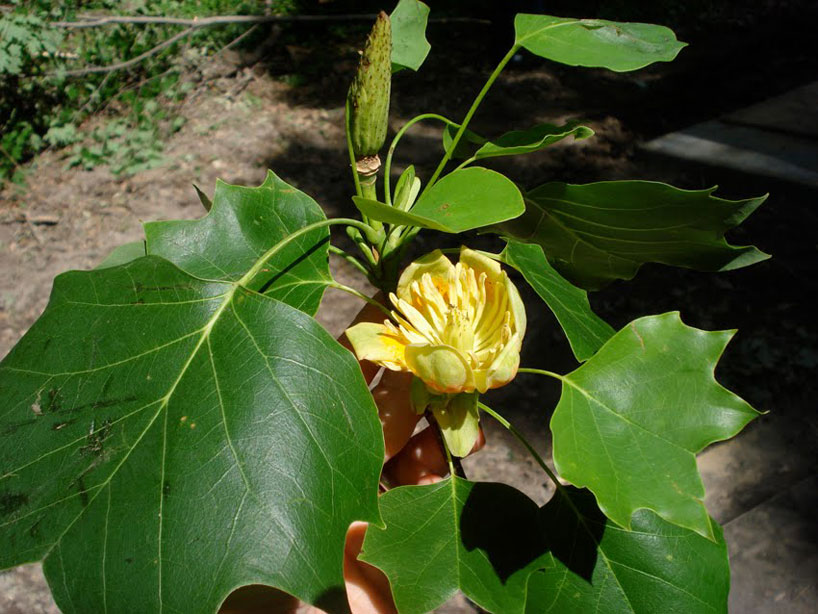 poplar tree flower in which honey could be extracted from for sale at the concession standphoto by donna sink
poplar tree flower in which honey could be extracted from for sale at the concession standphoto by donna sink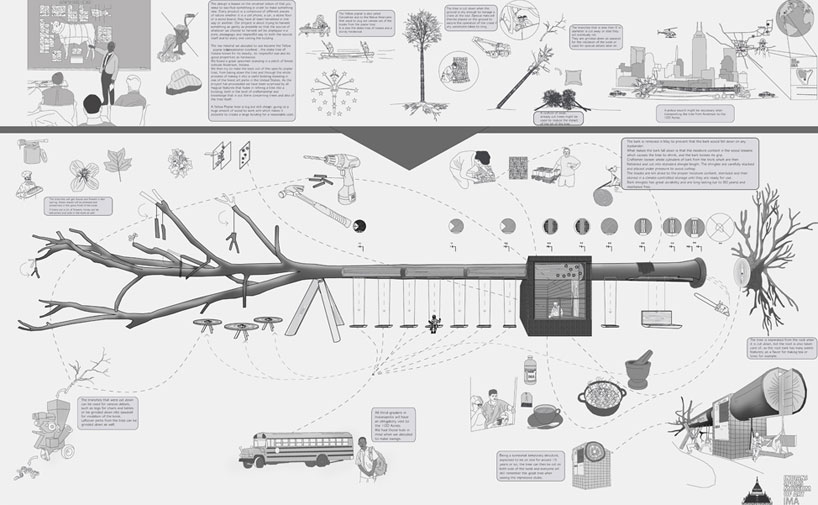 diagram of the entire process of removing the tree and transforming it into a architectural structureimage courtesy of visiondivision
diagram of the entire process of removing the tree and transforming it into a architectural structureimage courtesy of visiondivision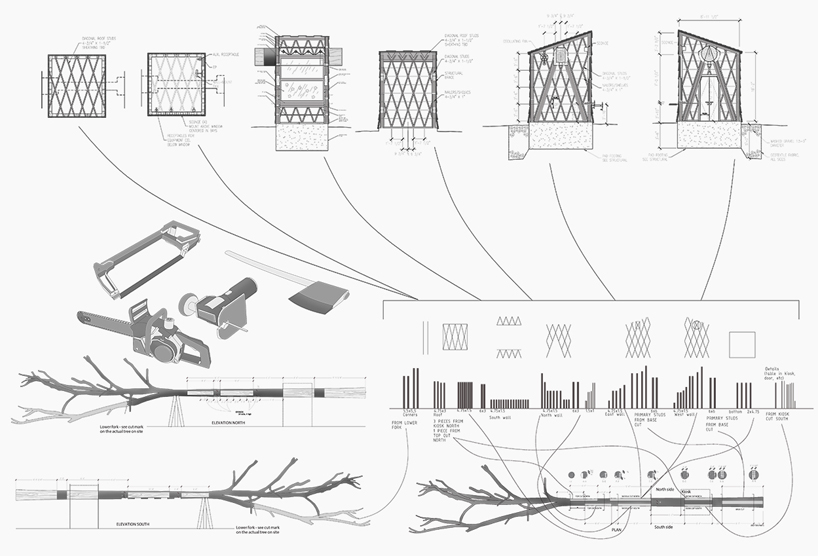 the varying cuts made to the wood
the varying cuts made to the wood the varying facades of ‘chop stick’
the varying facades of ‘chop stick’
